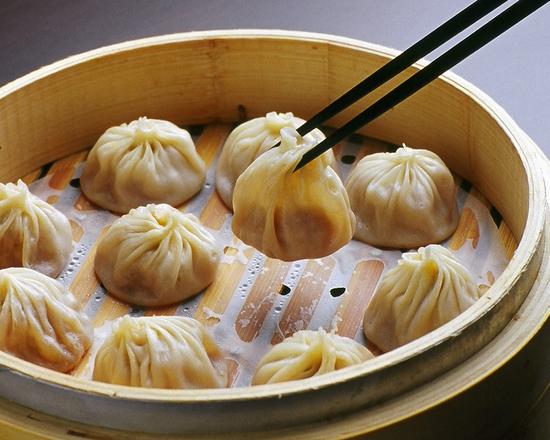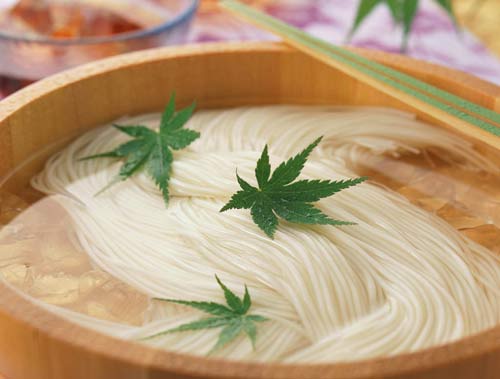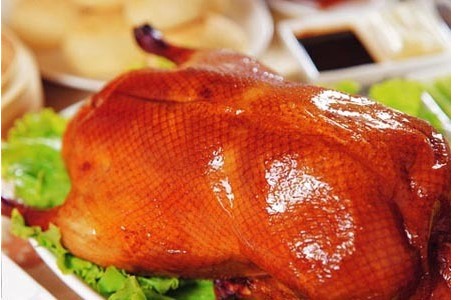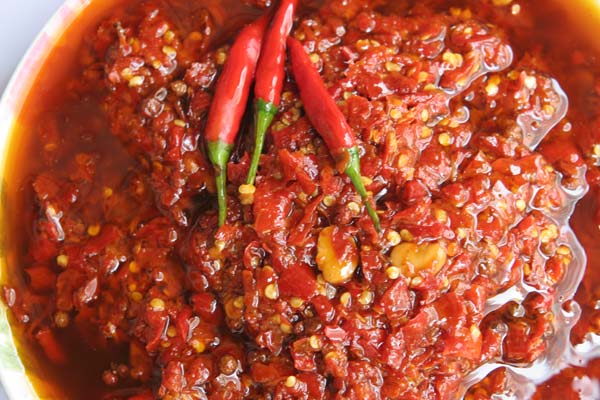Chinese cuisine, widely seen as representing one of the richest and most diverse culinary heritages in the world, is a reflection of the distinctive and profound Chinese culture.
Some of the food, though ordinary and familiar to us, is listed as the nation's intangible cultural heritage.
Let's take a bite of this amazing culinary heritage and explore the stories behind them to mark the 10th China Cultural Heritage Day, which falls on June 13 this year.
The national cultural heritage day, celebrated annually on the second Saturday of June since 2006, was initiated to enhance the recognition of the importance of protecting China's heritage.
1. Nangxiang steamed bun

Nanxiang steamed bun, also named Nanxiang xiaolongbao, is a traditional snack in Nanxiang town, East China's Shanghai municipality.
The snack was created by Huang Mingxian in 1871 and now has a history of 143 years. It has been inscribed on the fourth list of national intangible cultural heritage in China.
The steamed Bun is famous for its thin wrapping, sufficient filling, and fresh flavor. When you take a small bite, your mouth will be filled with juice.
2. Zhoucun sesame seed cake

With a history of 1800 years, Zhoucun sesame seed cake got its name from its place of origin, Zhoucun village of Zibo, East China's Shandong province.
The cake is has four distinctive characteristics – it is "soft, fragrant, thin, and crisp".
Since it is very nutritiuos, Zhoucun Sesame Seed Cake is suitable for both young and old.
The cake has been described as being "shaped like the full moon, thin as an autumn leaf; breaking into pieces of jade when dropped on the floor, leaving a strong flavor in your mouth".
It is on the second list of national intangible cultural heritage in China.
3. Dragon beard noodles

Dragon beard noodles are popular in the northern part of China and have a history of more than 300 years.
It was said that, during China's Ming Dynasty (1368-1644), there was a royal chef who invented a very thin noodle, which pleased the emperor as it stimulated his appetite. Thereafter, it became a very fashionable snack. As the noodles were thin as hair, it was called the dragon beard noodle.
The noodles need to be pulled into 4096 strips, so the noodles are extremely thin and not suitable to be cooked. The technique of producing the dragon beard noodles has been included on the second list of national intangible cultural heritage in China.
4. Roast duck

With a history of more than 600 years, Peking roast duck is the most famous gourmet cuisine of Beijing and one of the most popular foods in China. It has also received worldwide recognition for its tempting shining color, crispy skin and tender meat.
The secret of the delicacy lies in the particular kind of ducks used, which are raised to a specific weight, slaughtered, dressed, syrup-coated, hung dry, and then roasted either in a closed oven or an open oven.
The roast duck will be sliced by the chef and placed beautifully on a plate before the diners, who then eat the meat with pancakes, cucumber, spring onion and a sweet bean sauce.
The stories about the origins of roast duck vary, but it is said that the Peking roast duck can be traced back to the Ming Dynasty. After Zhu Yuanzhang founded the Ming Dynasty in Nanjing, the royal chef roasted the local duck into a delicious dish. Later, as the capital moved to Beijing in the 15th century, the technique of roast duck was also brought there and developed further.
The hanging roast duck of Quanjude and the braise-oven duck of Bianyifang have been listed on the second catalog of national intangible cultural heritage.
5. Doubanjiang

Bean sauce, or Doubanjiang, is a spicy, salty paste made from fermented broad beans, soybeans, salt, rice, and various spices. It is commonly referred to it as "the soul of Sichuan cuisine".
The technique of producing doubanjiang has been listed on the second catalogue of national intangible cultural heritage.
Pixian douban, named after the town of Pixian in Sichuan province, is especially well-known. It is said that the Pixian douban was created by Chen Shouxin during the reign of Xianfeng Emperor in the Qing Dynasty (1644-1911) based on the improvement of the secret recipe handed down from his ancestors.





